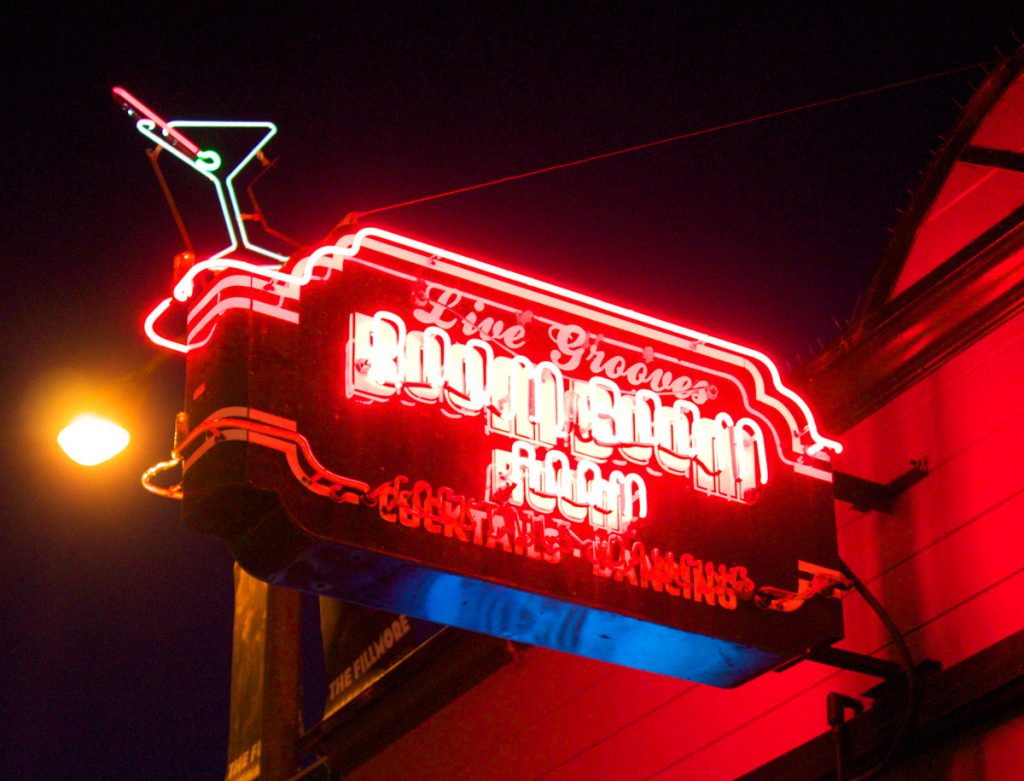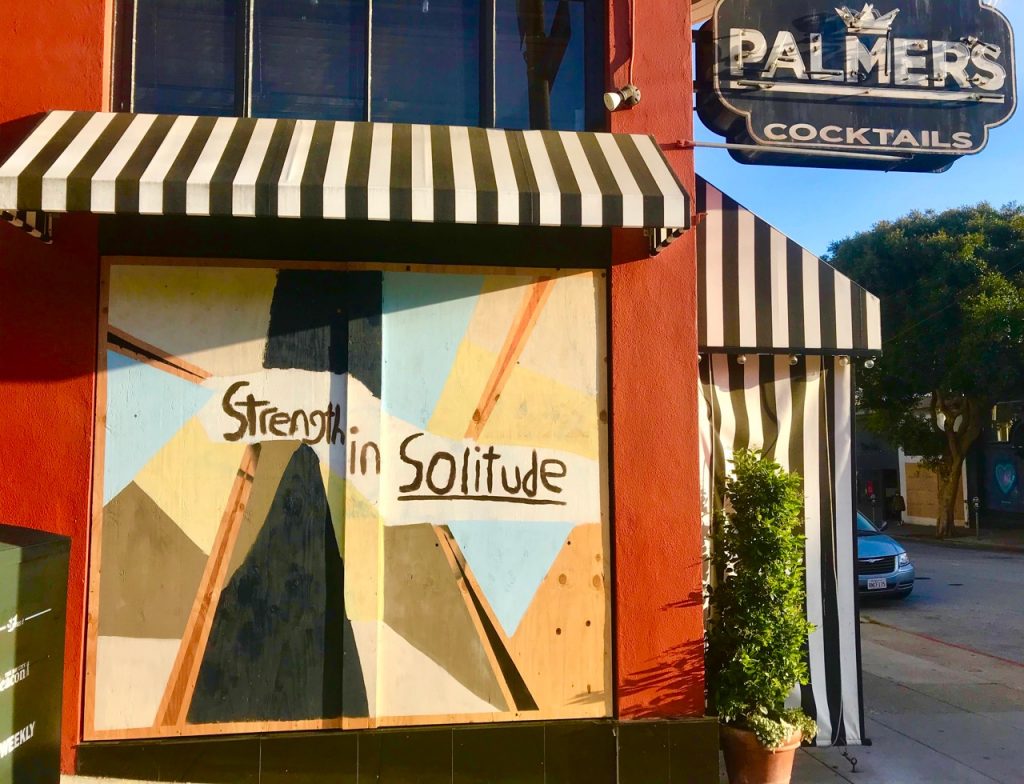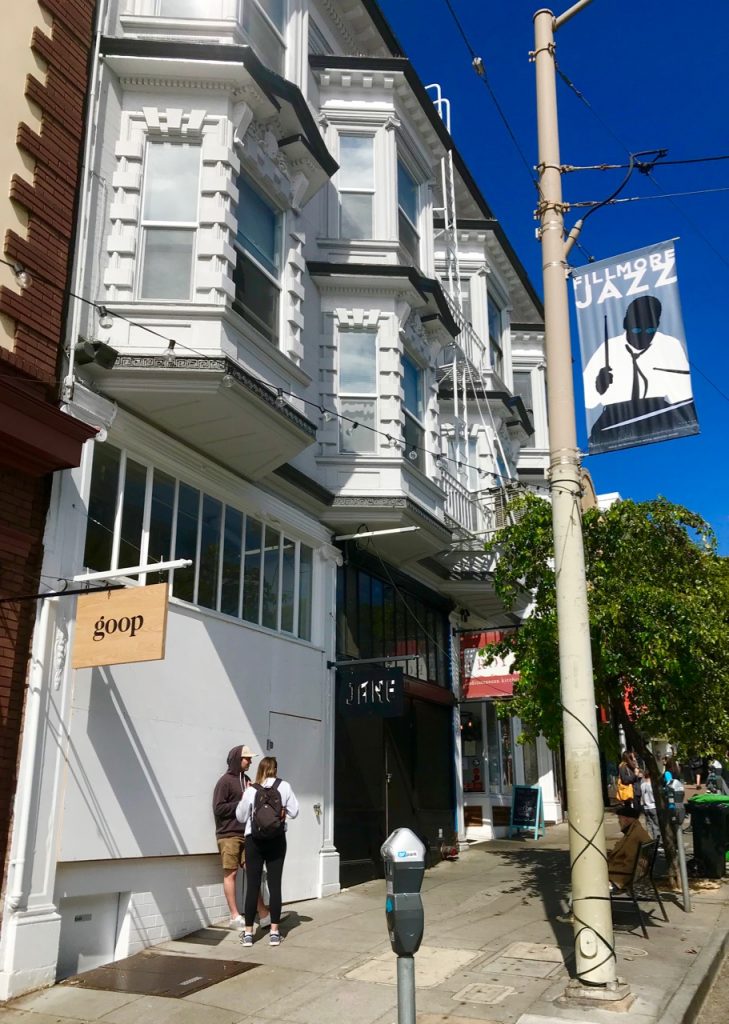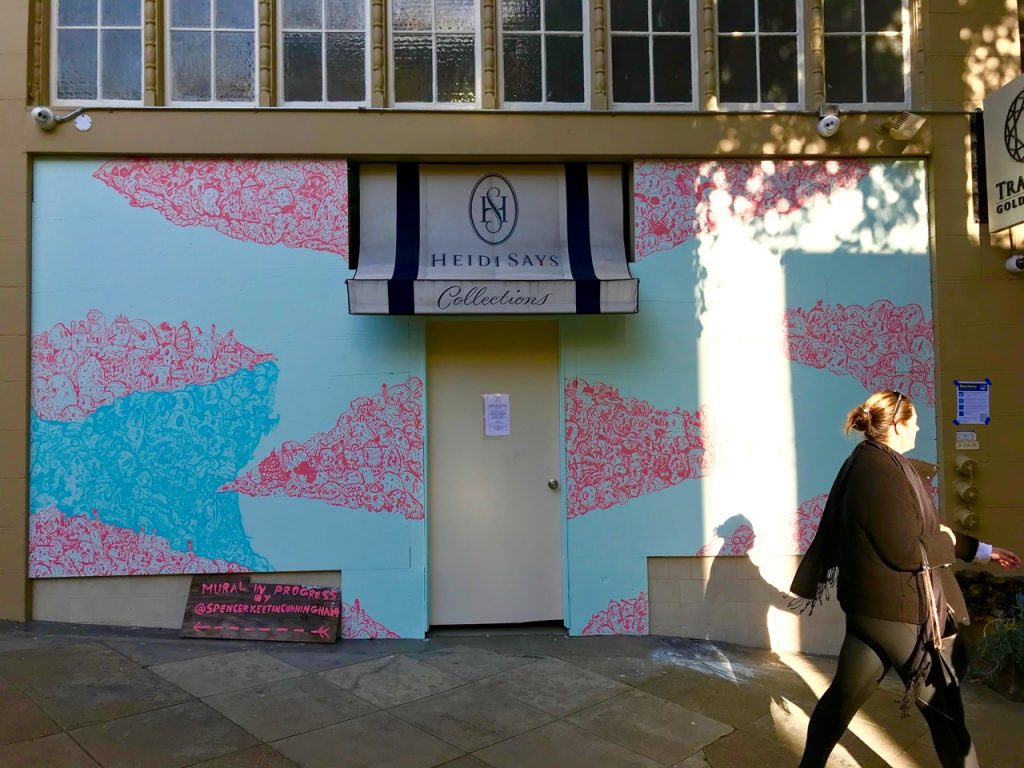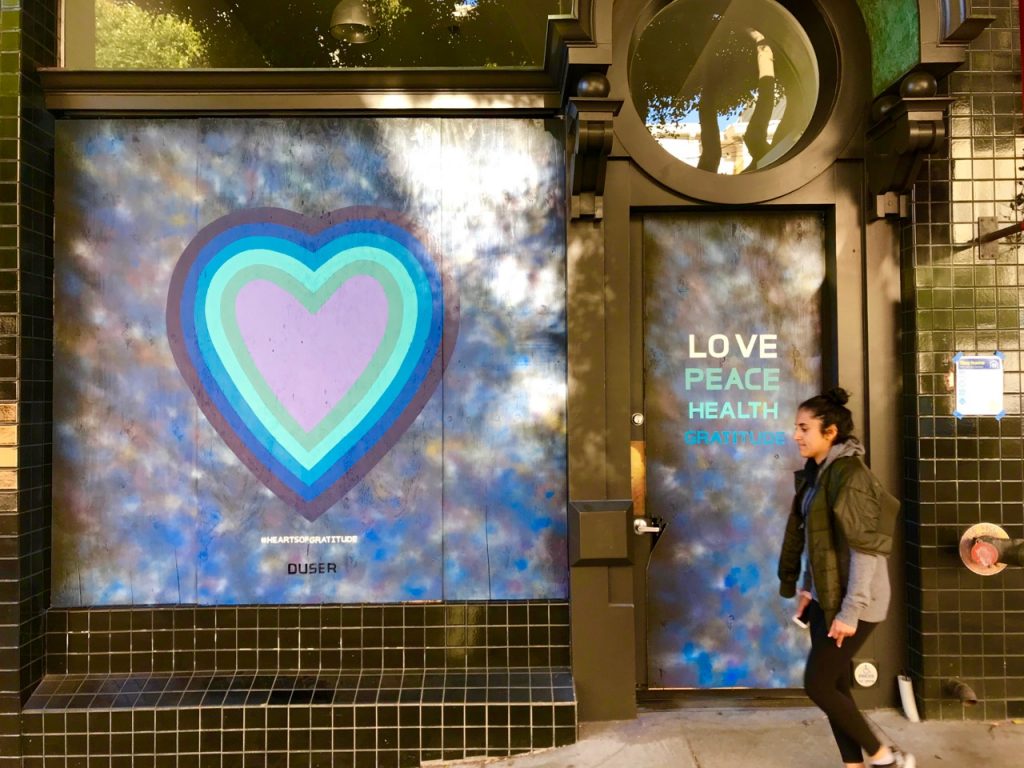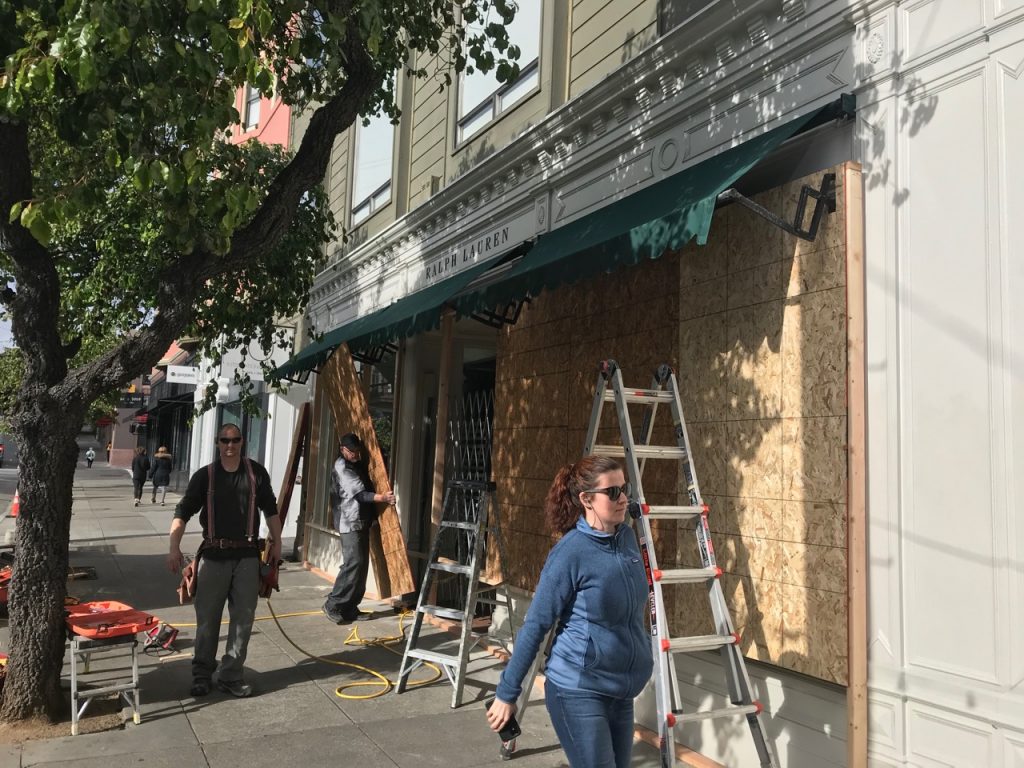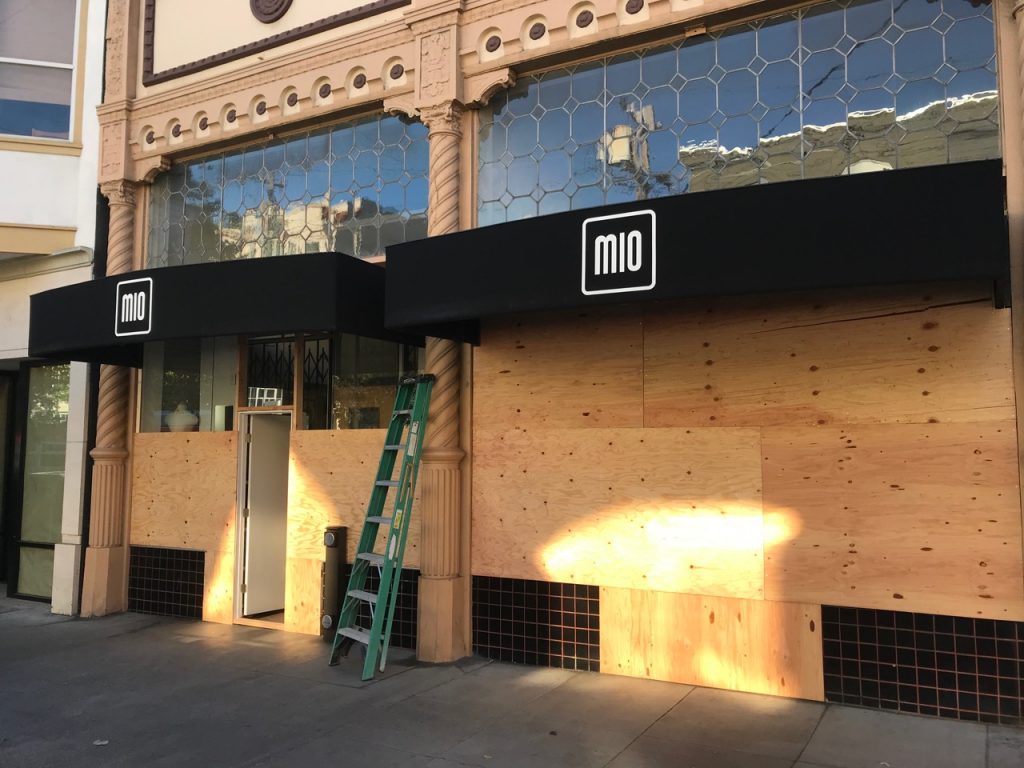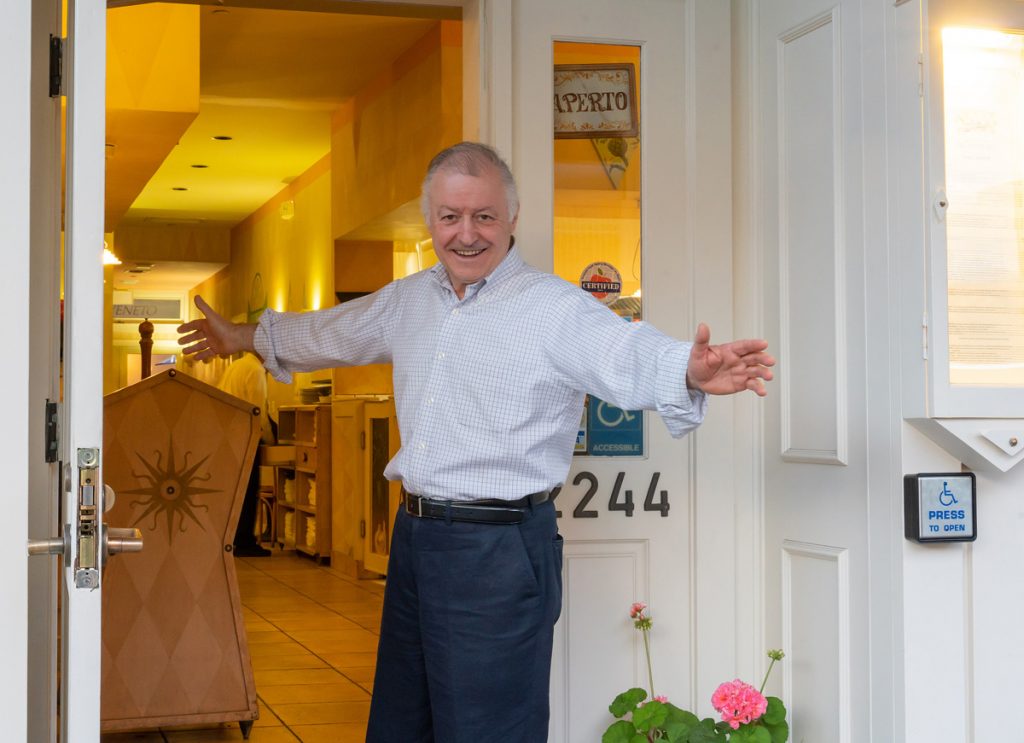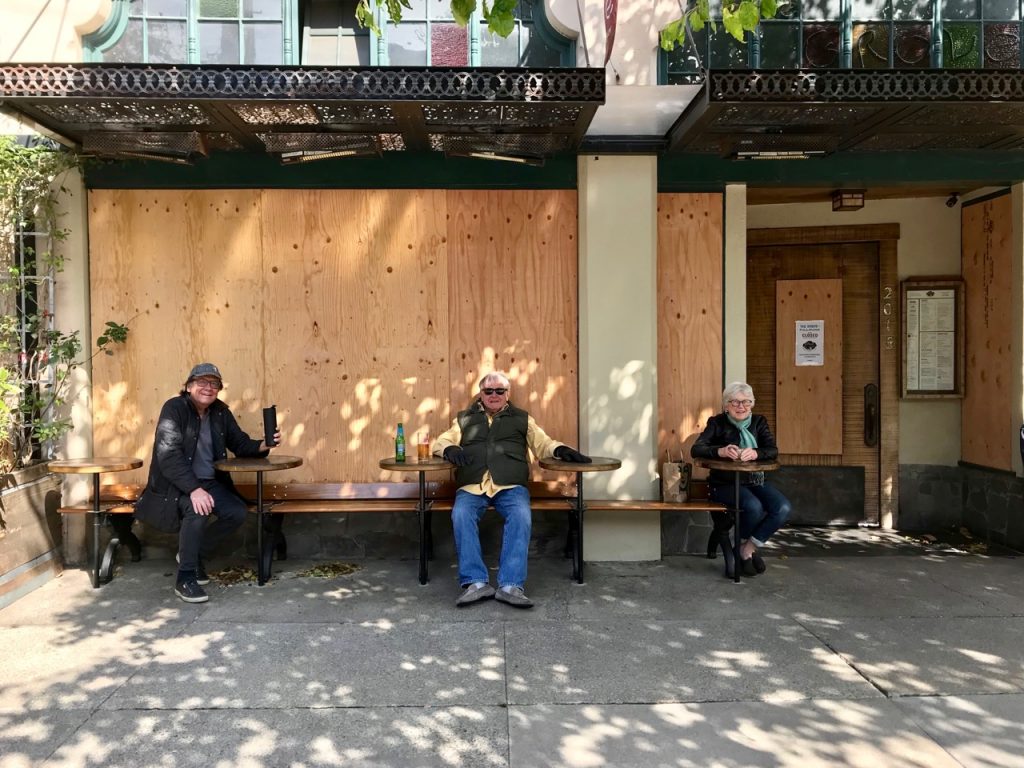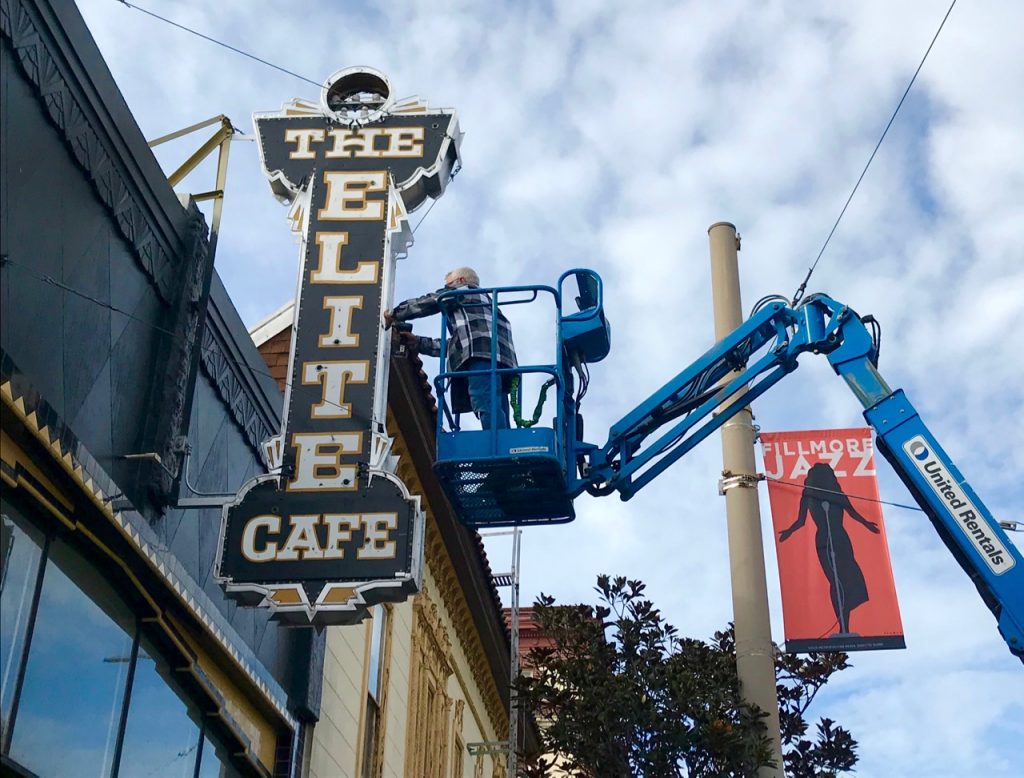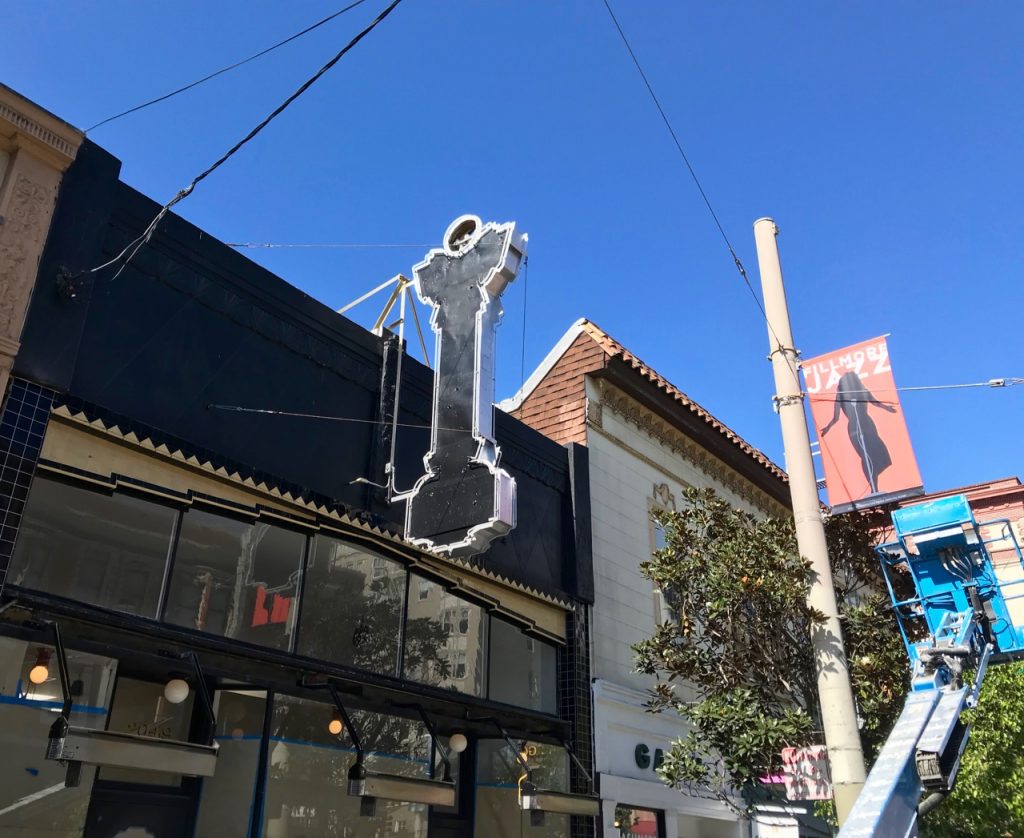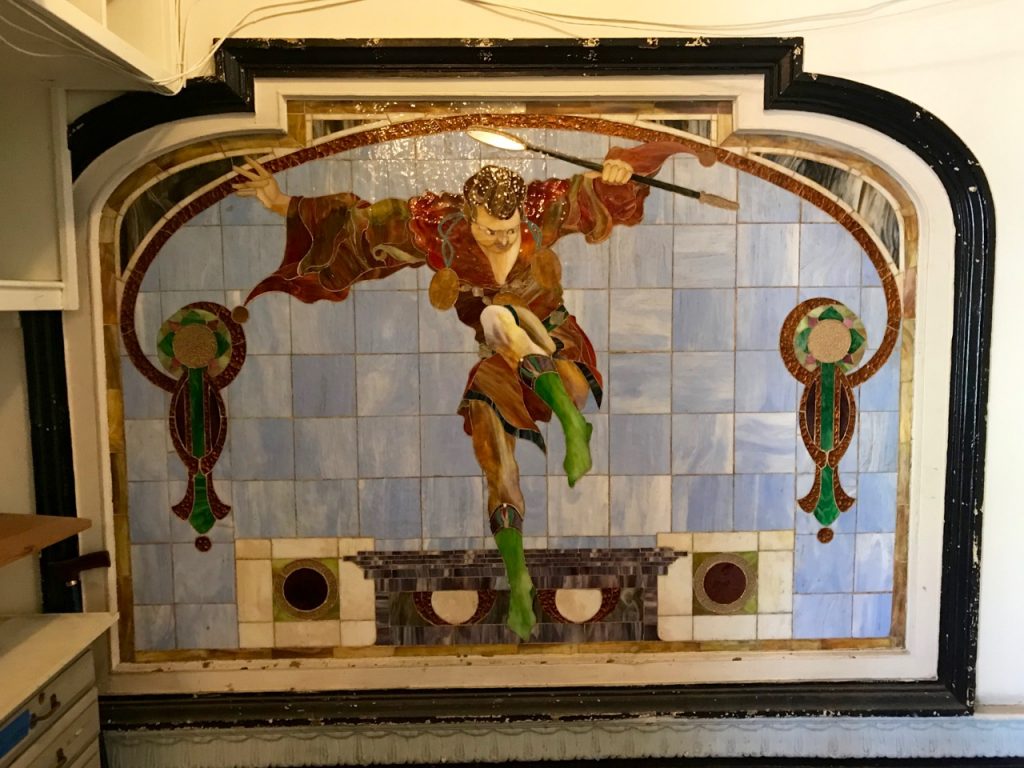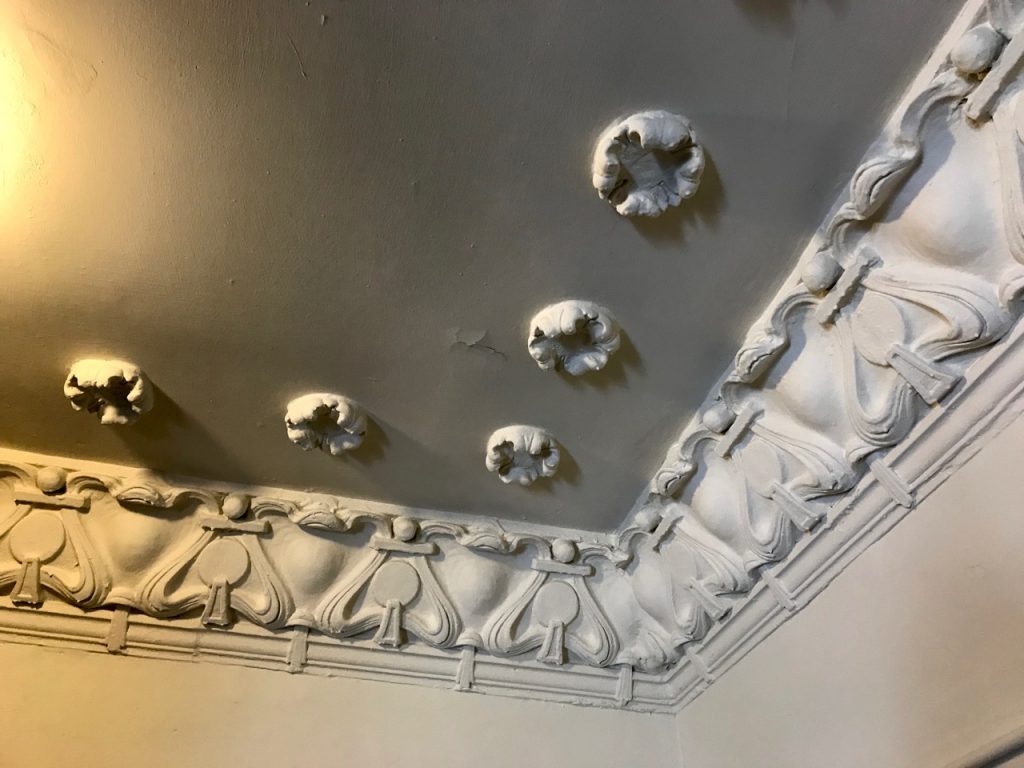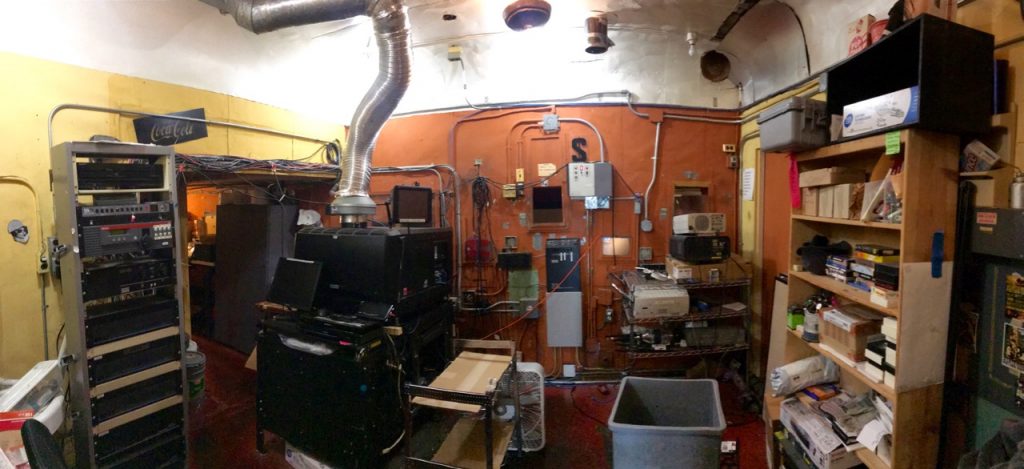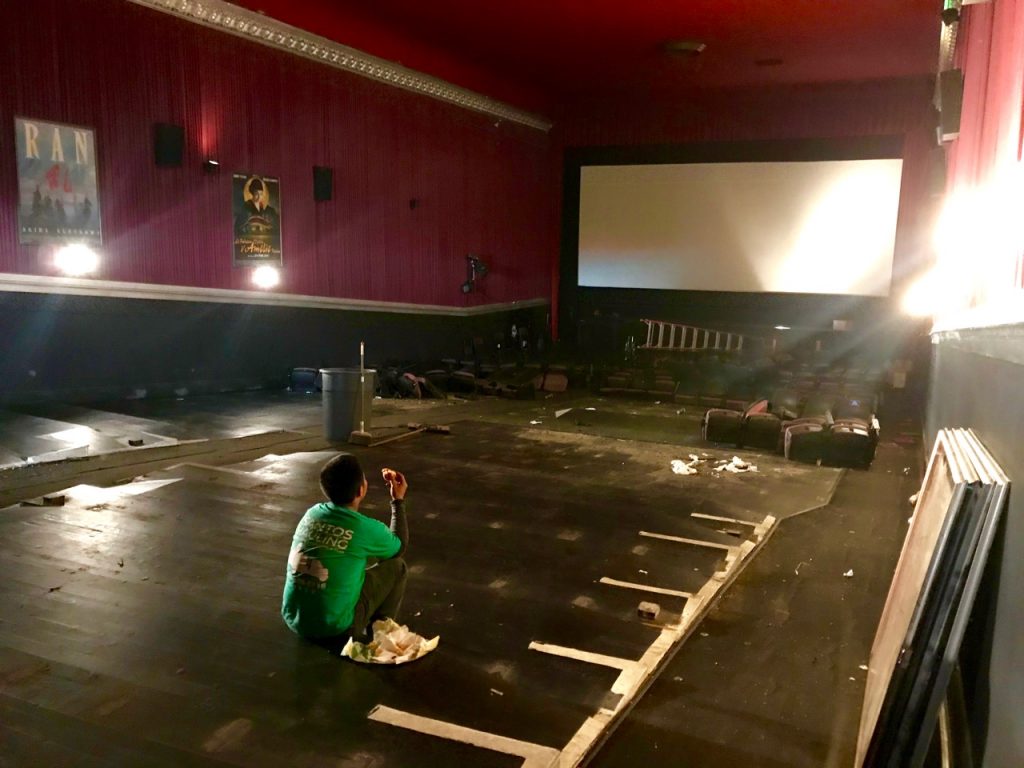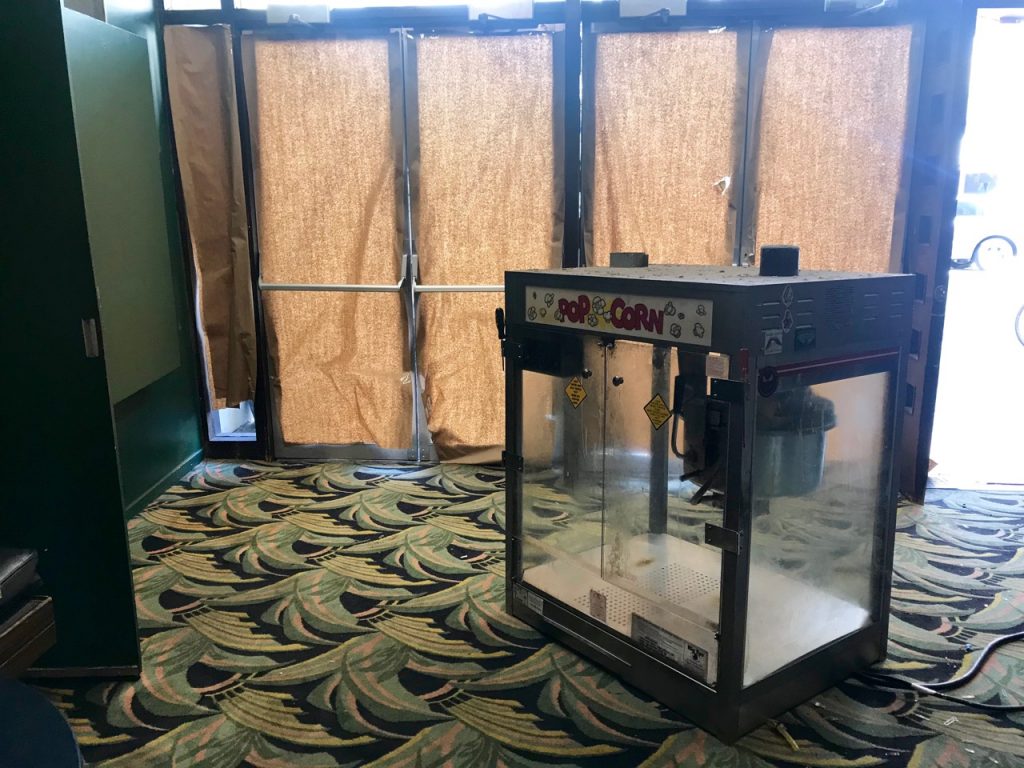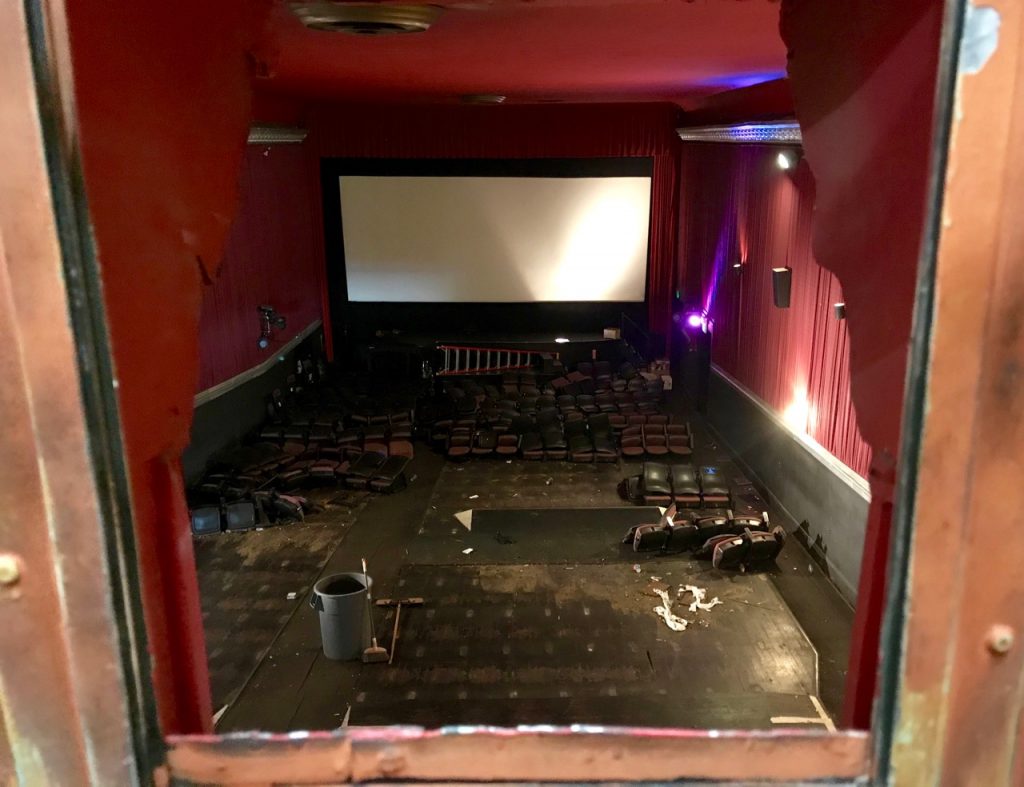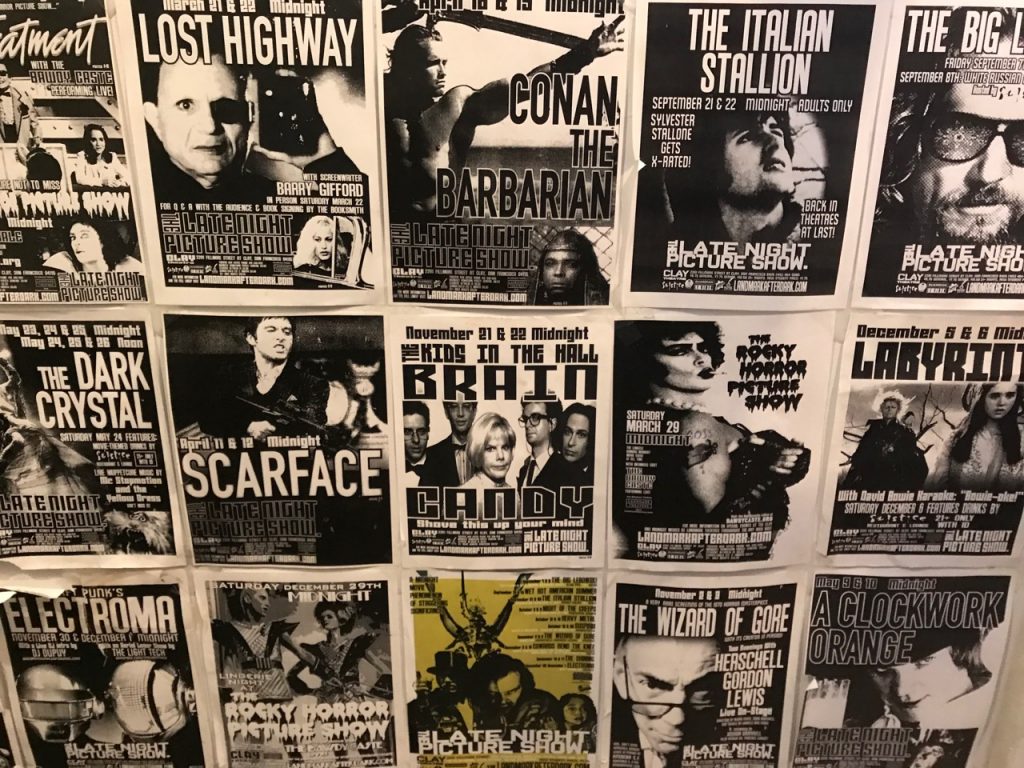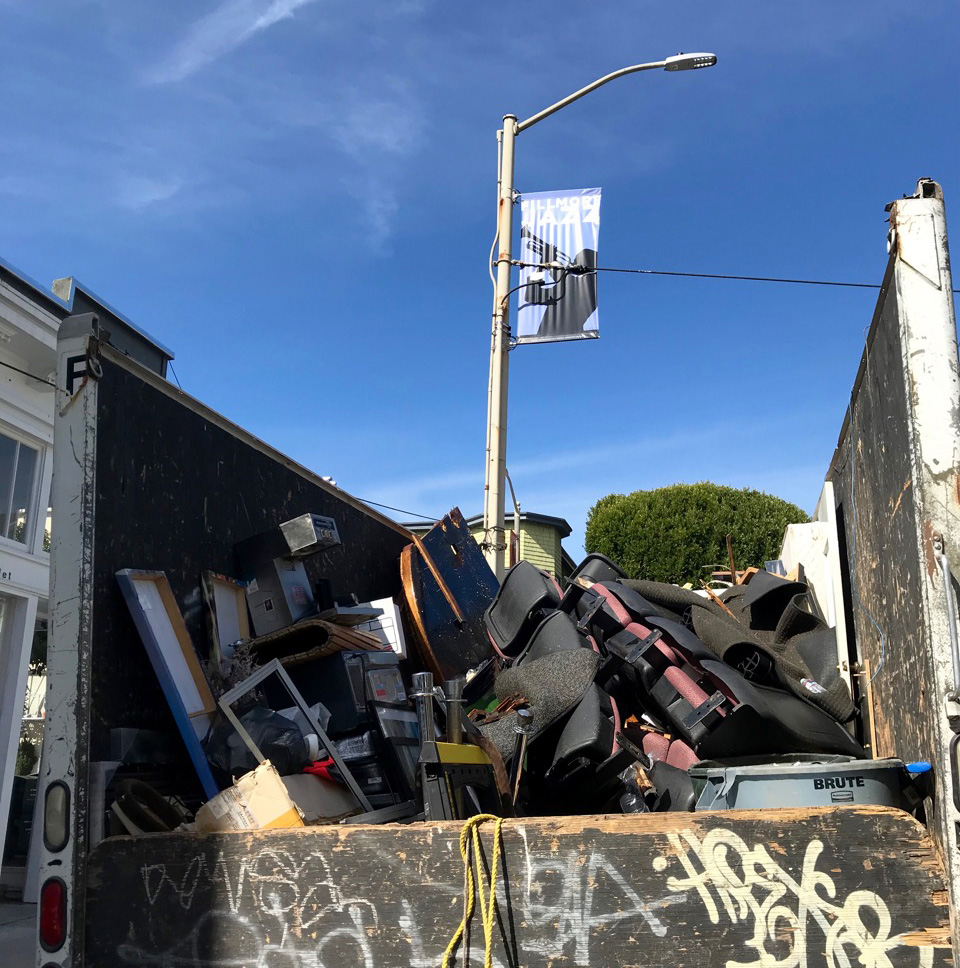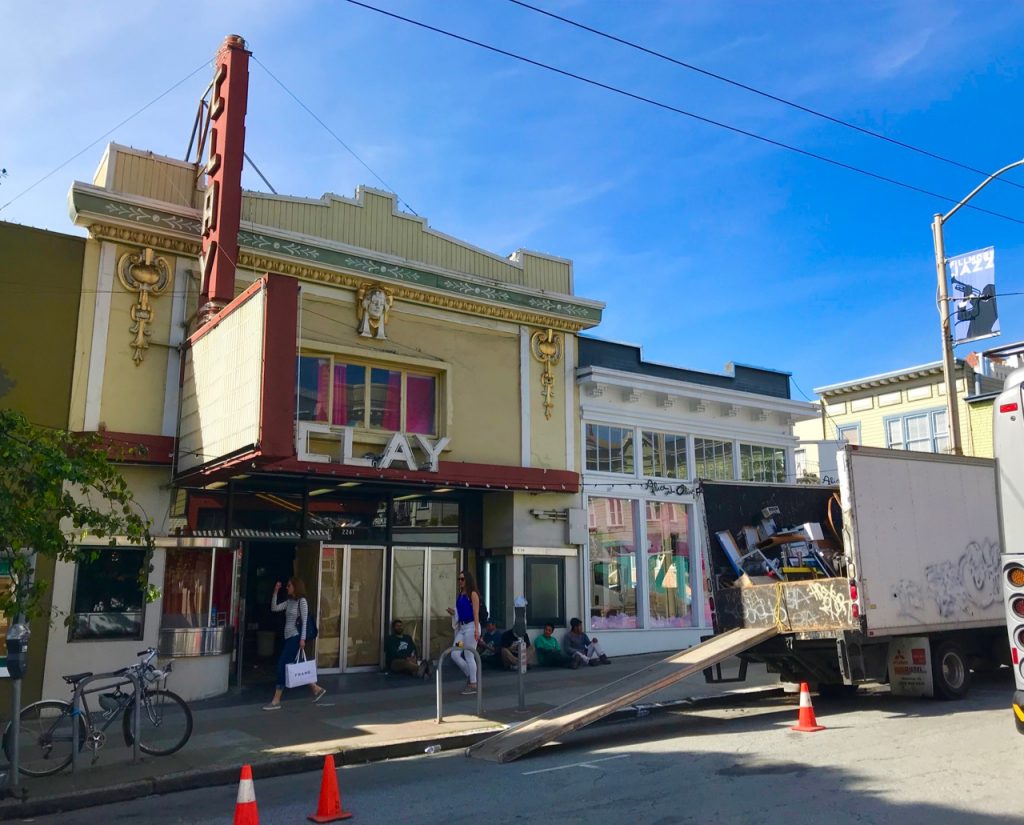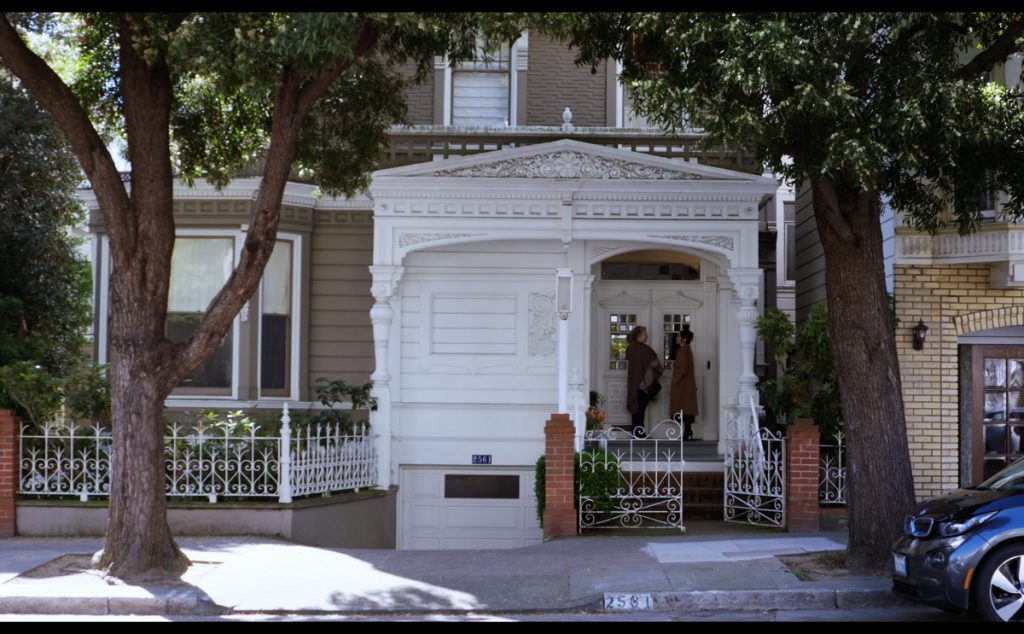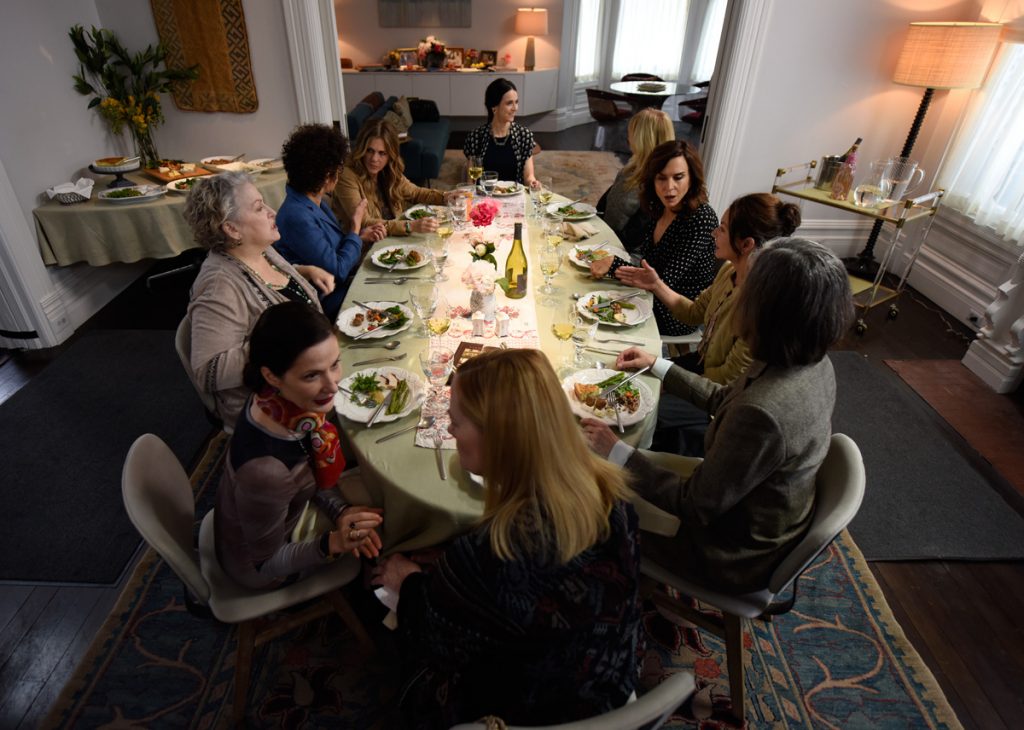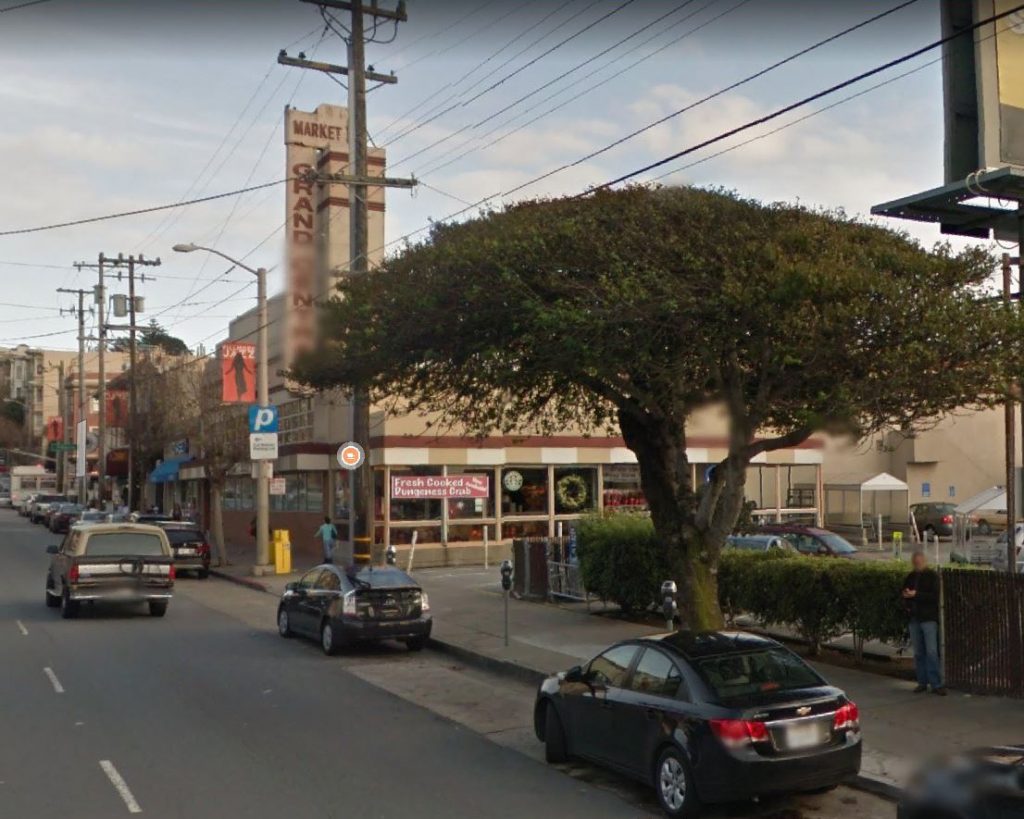
FIRST PERSON | BARBARA CORFF
I don’t know exactly why the tree in front of Mollie Stone’s first caught my attention.
Perhaps it was the tiny, palmate-shaped leaves sprouting at the base of the tree that seemed unusual. Having worked with naturalists in the Presidio developing tours for the National Park Service, I want to understand the natural world.
I looked up into the canopy to try and identify the basic shape, which has been spread by years of pruning to remain below the overhead lines running down the sidewalk on California Street. I stood back to grasp the size and see if it looked like any other trees I had seen.
I was stumped. And now I was on a hunt for an answer.
This tree stood out and felt special. It seemed old. San Francisco has a fairly routine palette of trees in our neighborhood: London plane trees, whose knobby branches are clipped back every year, a few magnolia trees, Victorian Box, with their fragrant white flowers, and a few others.
I have lived in San Francisco since 1979, first visiting the Fillmore to see movies at the Clay Theatre after eating savory cordon bleu crepes next door at Millard’s. I moved to the corner of California and Fillmore Streets in 1984. My local shop was the Bi-Rite, on the southeast corner, where the poet Mark Mitchell worked before he moved up the street to D&M Liquors.
I worked at home as a graphic designer and, for social interaction, sold designer men’s clothing for my friend Jon Stevenson at The Producer, which was next door to the fun group of Iris Fuller’s employees at Fillamento. We had customers from all over San Francisco and locals who just stopped by for conversation. I helped Robin Williams, John Traina and Steve Perry there, and became friends with many fascinating Fillmore personalities. We knew all the merchants and movers, as well as local characters like Gloria, who was often near the donut shop at Fillmore and California asking for a quarter.
I shopped for flowers at Kyo’s, the lovely Japanese flower shop just north of Sacramento Street, where I could practice my few words of Japanese, and ordered take-out sushi down the street at Maruya. With charming toys and gadgets, my go-to for graphics supplies was the Brown Bag, where I would grab a quick visit with busy employee and friend Barbara Wyeth. There were still local drug stores with racks of gift cards and sundries, as well as a pharmacy. My co-worker Michael Sabino at Button Down loved eating mayo-filled egg sandwiches in the mornings in the old fashioned booths at Lee’s diner on California Street. My artist friend Will Barker and I created window displays for the Beauty Store across the street each month. We had dinners with jeweler Marc Willner, and ran into Peter Tork of the Monkees while making copies at the Copy Center. I loved the candy array at Fletcher McLean, a lively place.
It was also a time of panhandlers and the beginnings of gentrification. I finally moved to quieter Presidio Heights when I tired of standing in line for restaurants and negotiating my way, as I did my errands, through tourists shopping on Fillmore.
I still walk to Fillmore for pastries at La Boulangerie, a coffee at Peet’s, fish for our aquarium at Aqua Forest, some finds at Goodwill and groceries at the Grand Central Market, now Mollie Stone’s, where the friendliest cashiers in the universe work.
But back to “my tree” on the sidewalk outside the market. I posted photos of the tree online, but got no replies. Then a friend mentioned a book she carried along to learn about trees in the city as she was taking daily walks while sheltering in place. I sent her my photos, and she double-checked with a landscape architect friend.
Finally I discovered this may be an unusual tree some call a Field Maple or Hedge Maple. A website maintained by the Urban Forest Ecosystems Institute says there’s one in Strybing Arboretum, but I cannot find any other examples in San Francisco.
I searched to see who lived at this address before the grocery store was built, hoping to find an historic photo with my tree in front. “An elegant nine room house” was advertised at 2435 California in 1900. Names I found from this era were Cook, Colonel Sutherland, Thomas and Mary Gilbert, Butler Shaw. It seems this home rented rooms. In 1928, Senator and Mrs. Otis F. Glenn of Illinois made it their home for a short time. But the addresses may have changed.
Newspaper articles report that Grand Central Market opened at 2435 California in 1941, and there are earlier listings for a Grand Central Liquors. St. Paul’s Episcopal Church was once on the block.
I’d love to know more about “my tree.”

It may be one of a kind
“You have a great eye!” says arborist Roy Leggitt, a longtime neighborhood resident.
“It is likely Acer platanoides, a Norway Maple. I nominated that very tree for Landmark Tree status, but the Department of Public Works didn’t want to encumber itself with street tree nominations. There used to be another one along California Street and two or three others on Dolores Street, which have since been removed. As far as I know, this is the only tree of this species left in San Francisco.”
Filed under: First Person, Home & Garden | Leave a Comment »




